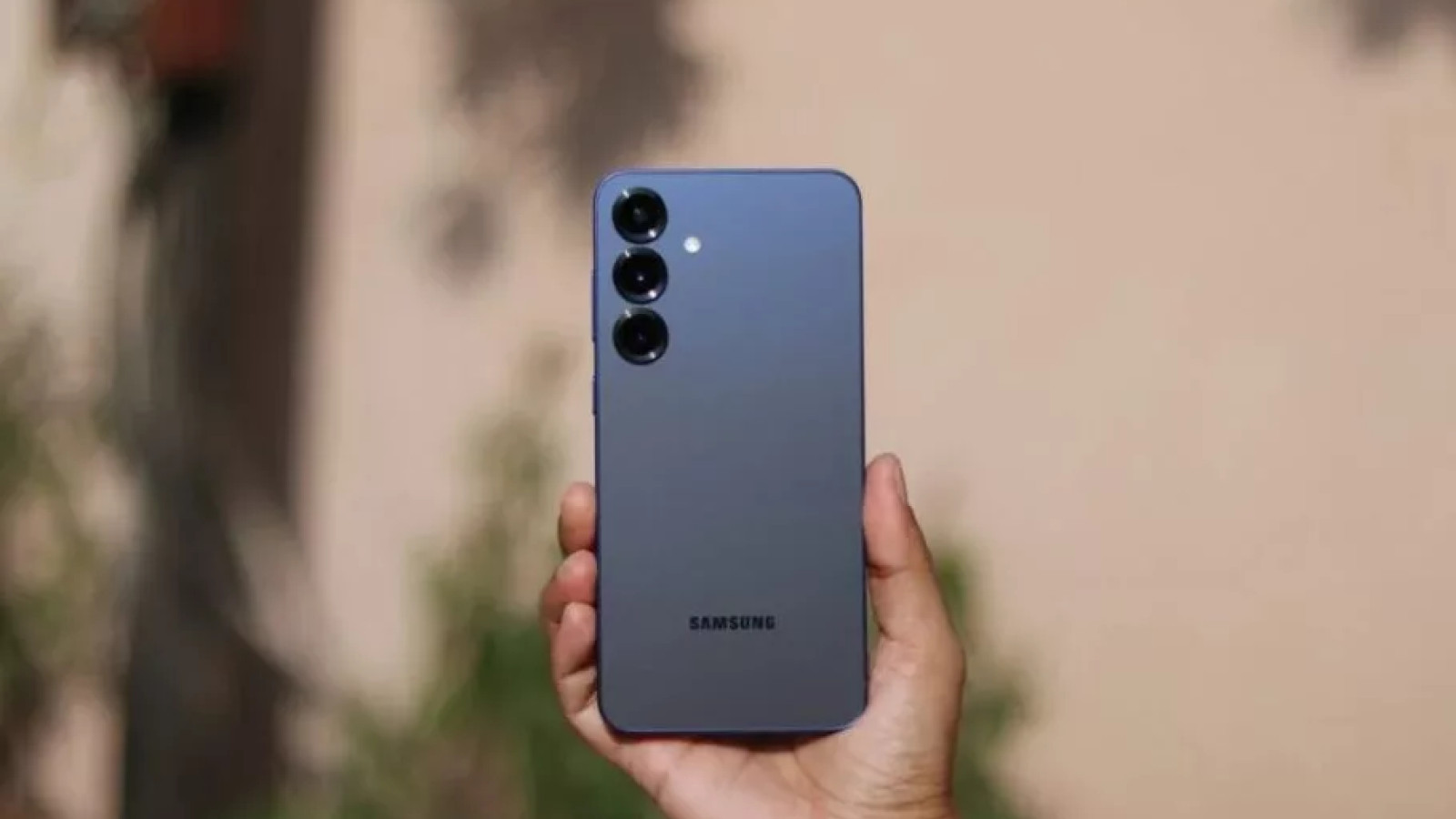3 Minutes
Samsung Insider Confirms S26 Ultra RAM Type
Renowned leaker Ice Universe revealed on X that the upcoming Galaxy S26 Ultra will use 10.7Gbps LPDDR5X memory — the same RAM type Samsung deployed in the Galaxy S25 Ultra. While the memory standard and bandwidth appear unchanged, Samsung has not confirmed whether physical capacity will be increased from previous models.
Product Features: What We Know About Memory and Performance
LPDDR5X at 10.7Gbps
LPDDR5X at 10.7Gbps offers higher bandwidth and better power efficiency versus older LPDDR generations, benefiting multitasking, app loading, and sustained performance during heavy workloads.
Potential RAM Capacities
Samsung has historically offered flagship SKUs with 12GB of RAM since the Galaxy S20 Ultra era. If the S26 Ultra preserves a 12GB baseline, it will rely on memory speed and software optimization rather than sheer capacity.
Comparisons: How the S26 Ultra Measures Up to Rivals
In recent years, Android competitors have standardized 16GB as a common baseline and even pushed to 24GB in some models. A 12GB S26 Ultra would perform well in most real-world scenarios but could appear modest compared to the Xiaomi Ultra, OnePlus 15, and Google Pixel 10 series that offer higher RAM configurations. Apple remains conservative on RAM, with iPhones typically using 8GB or less.
.avif)
Advantages, Use Cases, and Market Relevance
Advantages of 10.7Gbps LPDDR5X include improved energy efficiency, faster memory throughput for photo/video editing, gaming, and smoother app switching. For power users who run virtual machines, large productivity suites, or extreme multitasking, higher-capacity RAM options from rivals may be more attractive. For mainstream and most professional users, fast LPDDR5X at 12GB will still deliver an excellent balance of performance and battery life.
Bottom Line
The Galaxy S26 Ultra’s confirmed use of 10.7Gbps LPDDR5X underscores Samsung’s focus on memory speed and efficiency. Whether Samsung increases RAM capacity remains the key question for buyers comparing flagship hardware across the competitive Android landscape.
Source: gsmarena


Leave a Comment